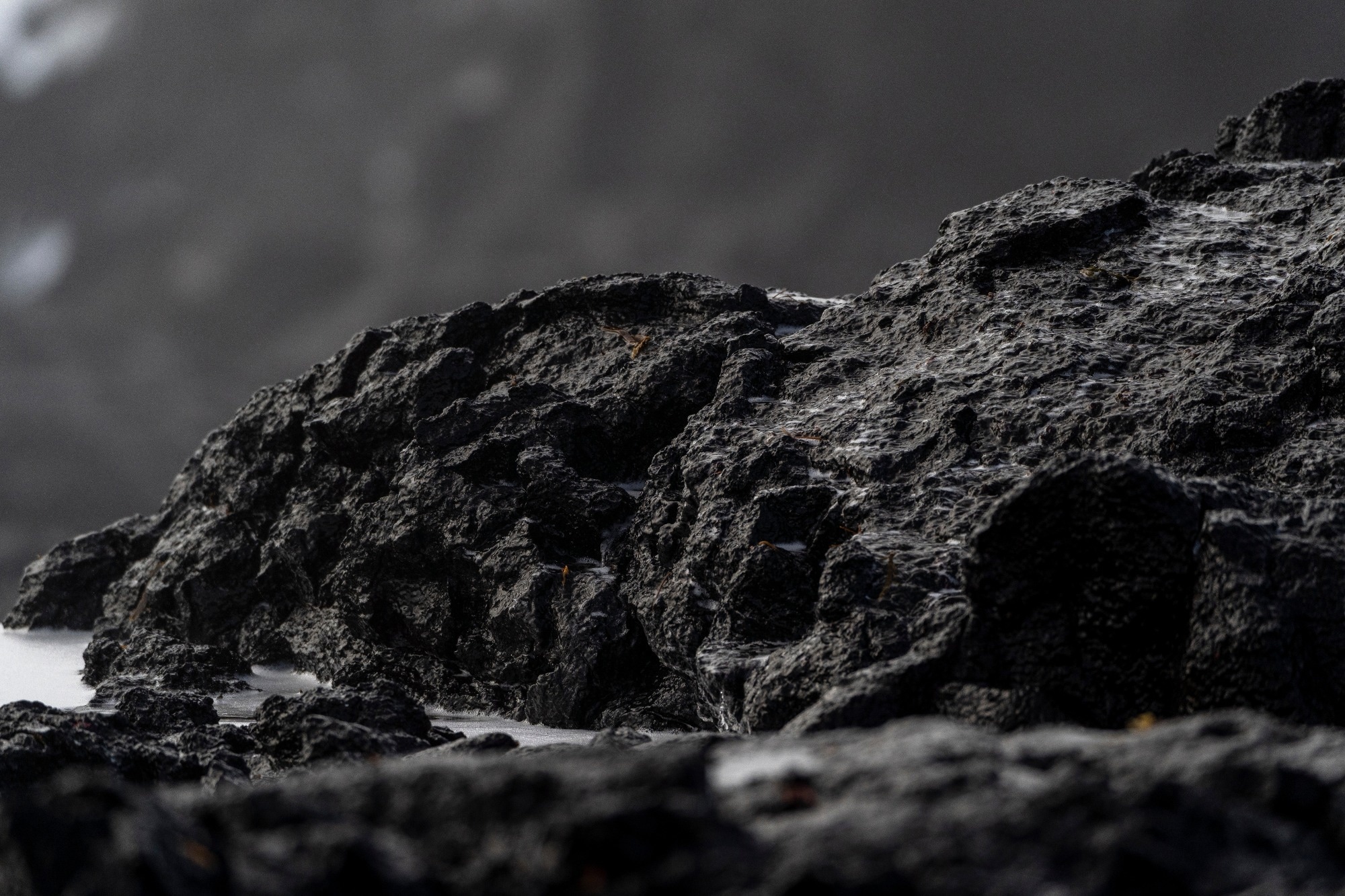Stanford researchers have developed a low-carbon cement alternative by harnessing the natural chemistry of volcanic rocks, offering a more sustainable approach to one of the world’s most carbon-intensive materials.

Image Credit: PIC Femke Ketelaar/Shutterstock.com
The concept may sound innovative, but its roots go back nearly two millennia. In 79 A.D., Roman author Pliny the Elder described how volcanic dust could harden into stone upon contact with water. In Naturalis Historia, he marveled:
Who, indeed, cannot but be surprised at finding the most inferior constituent parts of it [Earth], known as ‘dust’ only, forming a barrier against the waves of the sea, becoming changed into stone the moment of its immersion, and increasing in hardness from day to day?
Pliny was referring to the volcanic ash of Puteoli - modern-day Pozzuoli - what we now call pozzolana. This ancient material formed the basis of Roman concrete, used to build enduring structures like the Pantheon, whose concrete dome has withstood nearly 2000 years.
Today, Stanford scientists are channeling that same volcanic chemistry in a modern context. They’re using volcanic ash and similar natural materials to develop cement that’s not only strong and durable but also environmentally responsible. Early lab applications include clinker jars, mortar samples, and cement textures inspired by natural stone like marble and travertine.
Rethinking the Cement Equation
Cement is foundational to modern infrastructure, but its production comes at a high environmental cost. Traditional cement is made by heating limestone to over 1400 °C - a process that emits massive amounts of CO2, accounting for nearly 8 % of global emissions.
To rethink this process, Stanford researchers are looking beyond conventional materials. Drawing inspiration from the volcanic landscape of Pozzuoli in Italy’s Phlegraean Fields, they’re experimenting with rocks that have already been naturally “pre-cooked” underground. These rocks, unlike limestone, contain no carbonates, so they don’t release CO2 when processed.
Even better, these igneous rocks are more plentiful than classic pozzolana, offering a scalable path to cleaner cement production.
From Lab to Market
This work began with support from the Strategic Energy Alliance at the Precourt Institute for Energy, the Stanford Rock Physics Affiliates Program, the Department of Energy, the Stanford School of Earth, Energy & Environmental Sciences, and the National Science Foundation. To help bring the research to scale, the Sustainability Accelerator at the Stanford Doerr School of Sustainability is now backing the team’s next steps.
Commercialization is also underway. With guidance from the High Impact Technology (HIT) Fund under Stanford’s Office of Technology Licensing, the team has launched a startup to develop and market the new material.
The process they’ve developed forms a network of microscopic fibers within the cement, mimicking the way natural sediments bind into rock. This approach provides internal reinforcement without the need for traditional steel bars, making the material both lighter and more adaptable.
The startup, Phlego, will license the technology from Stanford and lead the charge in bringing this next-generation cement to construction projects worldwide.
Disclaimer: The views expressed here are those of the author expressed in their private capacity and do not necessarily represent the views of AZoM.com Limited T/A AZoNetwork the owner and operator of this website. This disclaimer forms part of the Terms and conditions of use of this website.